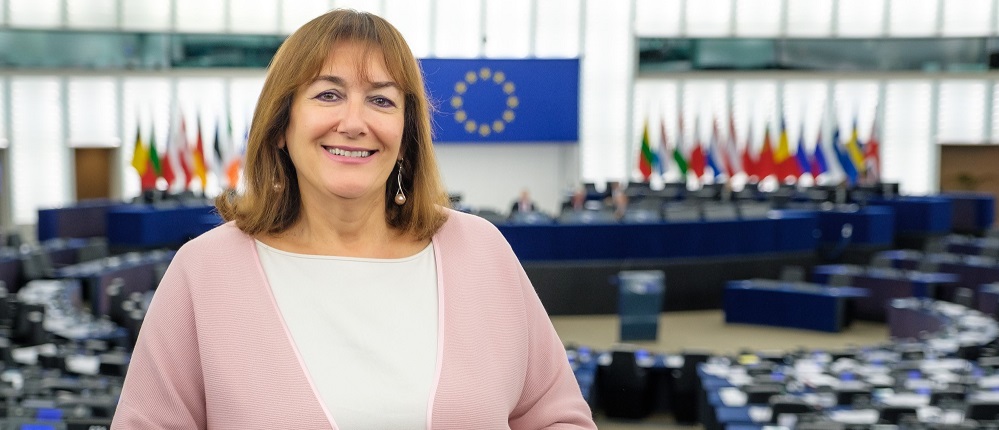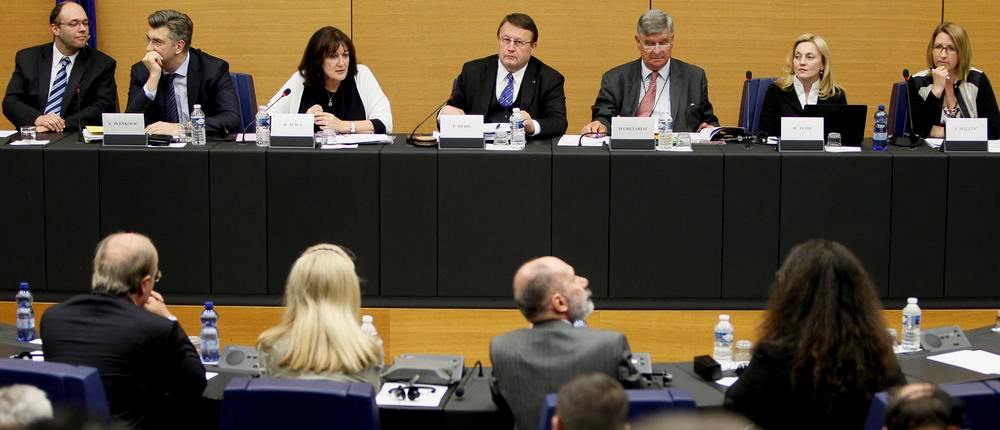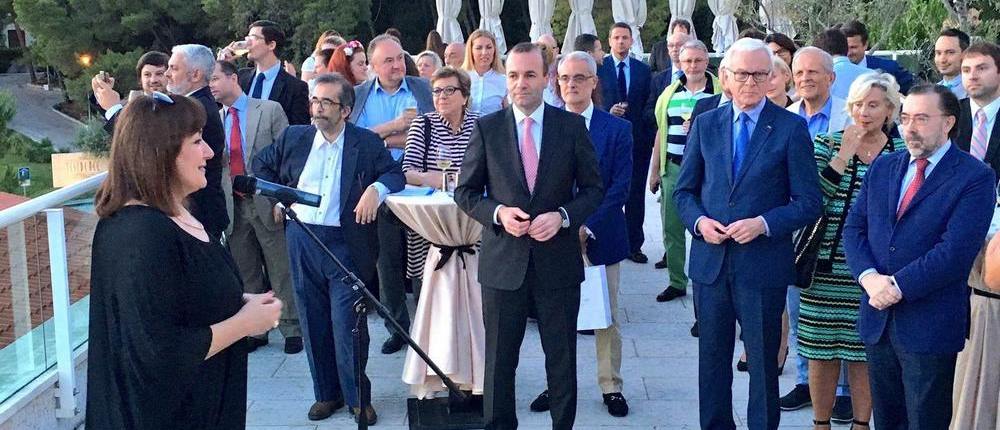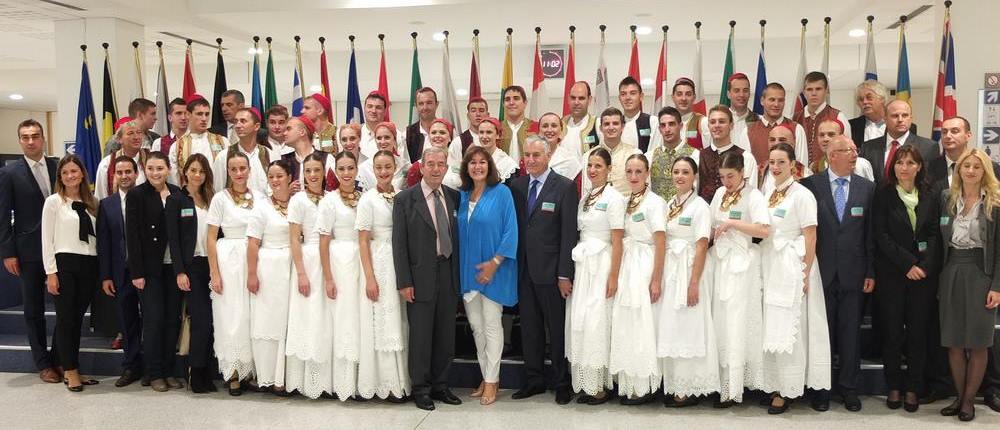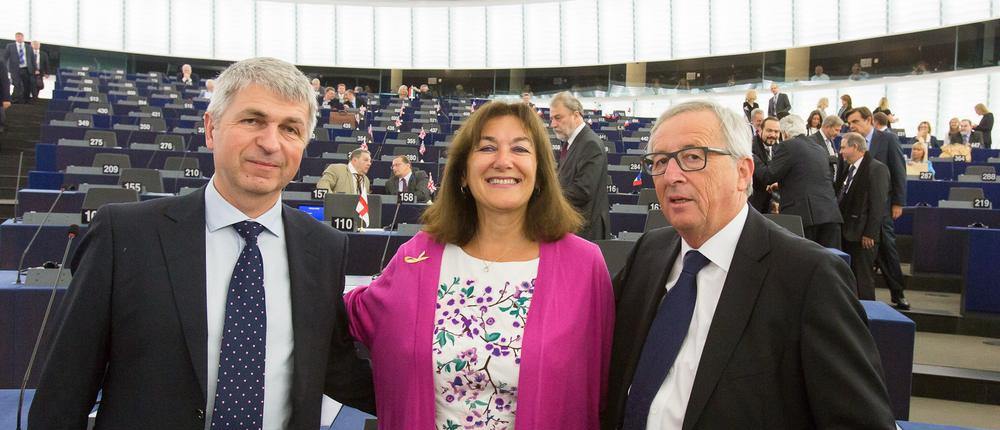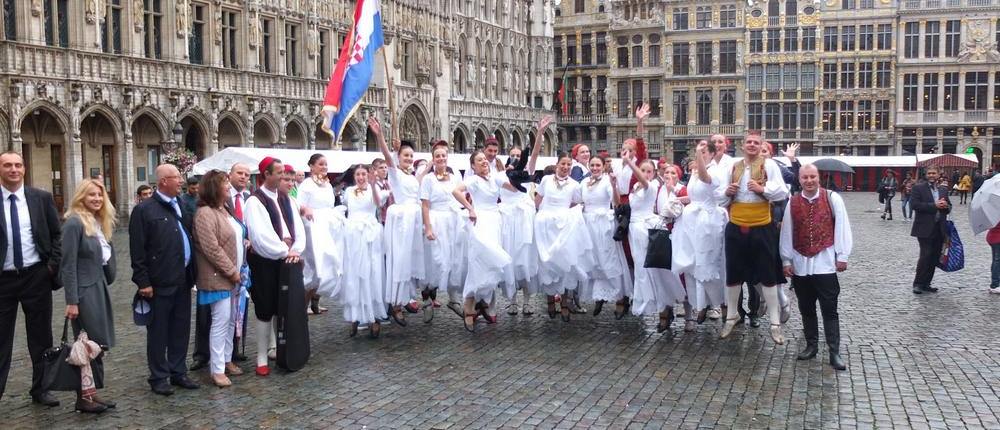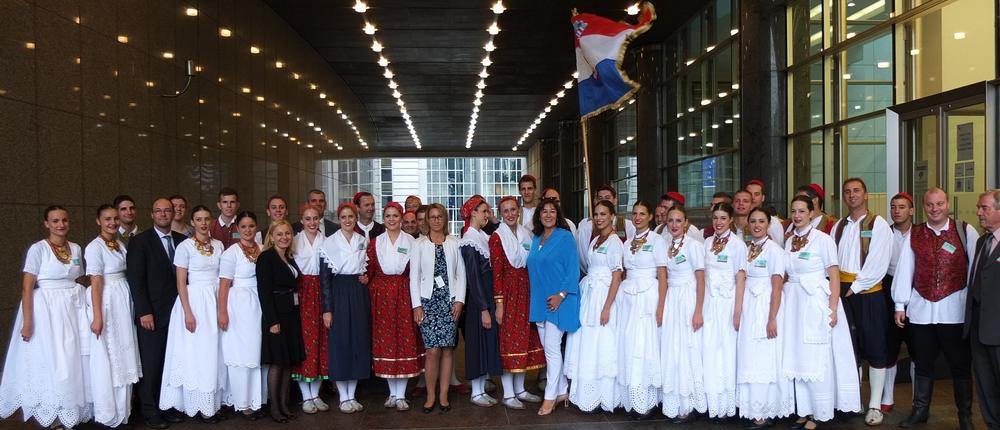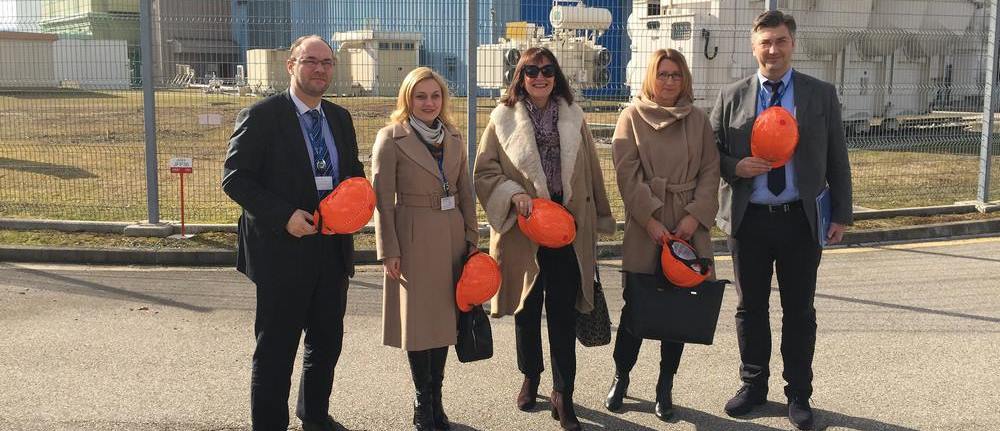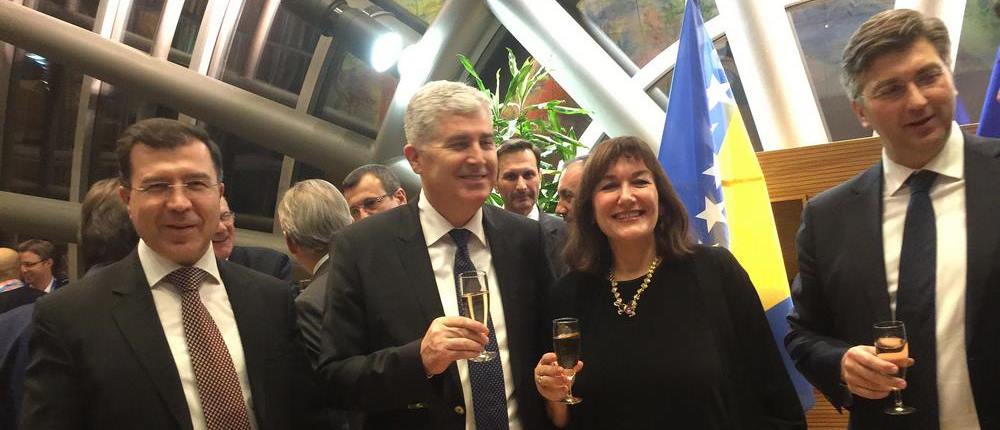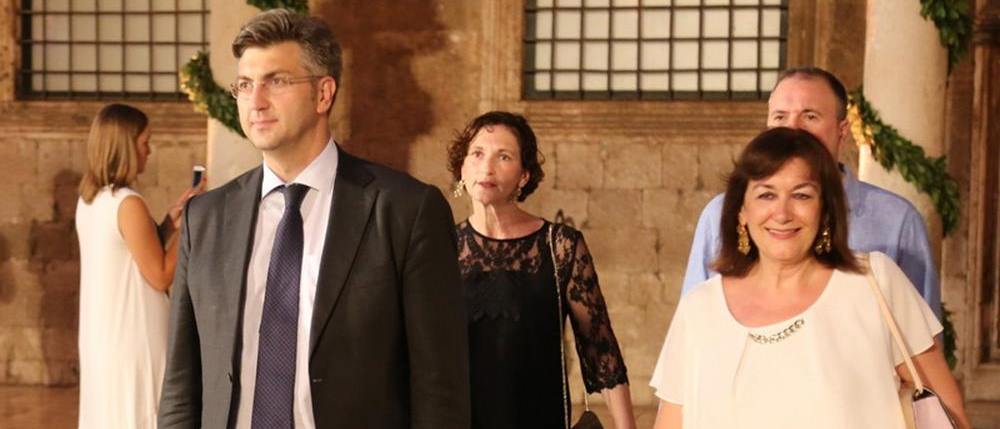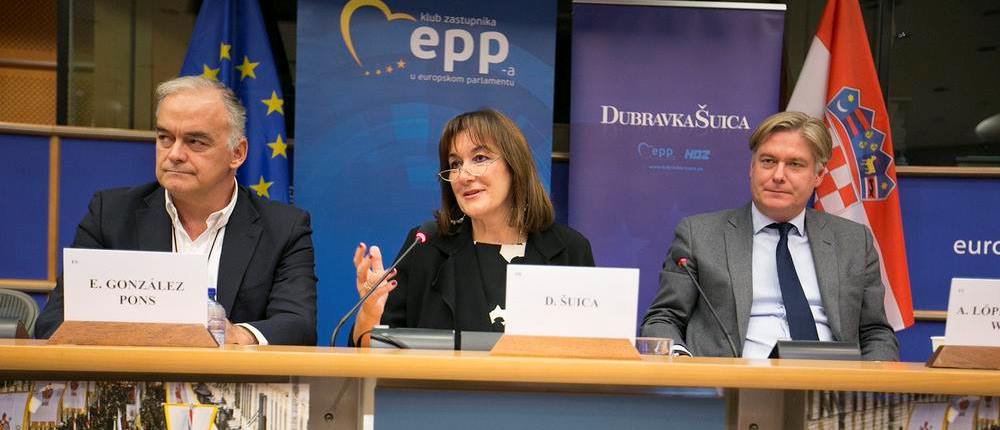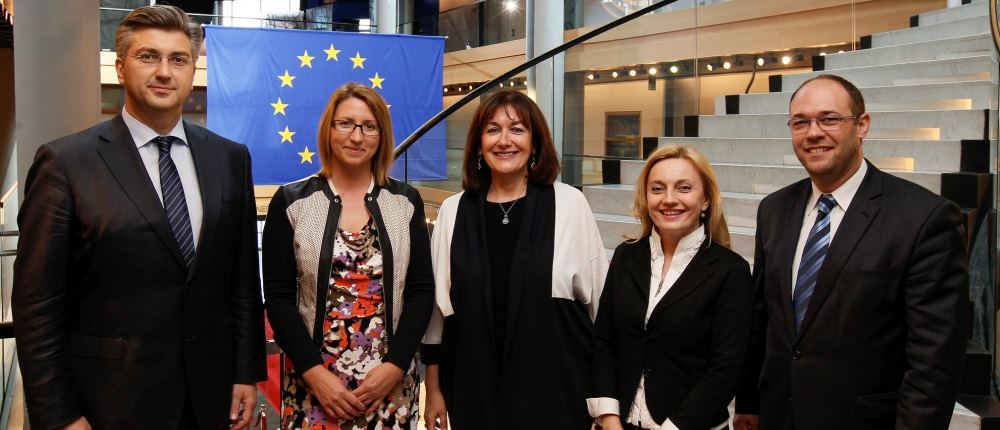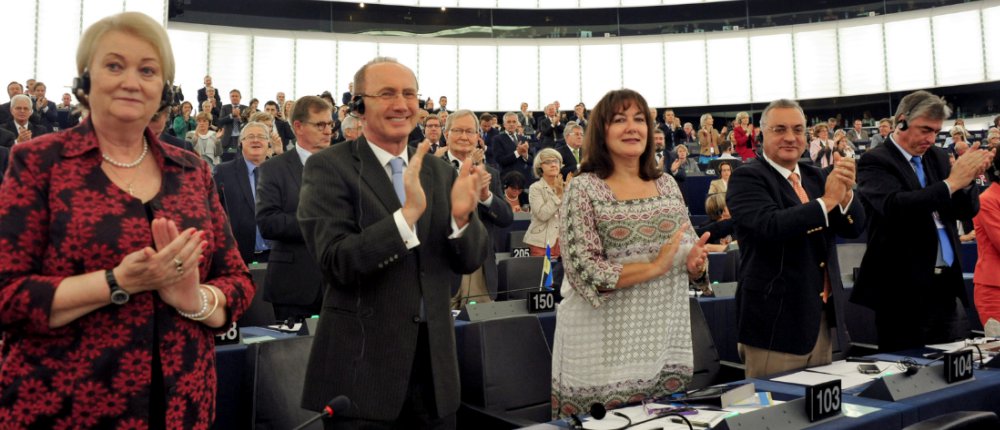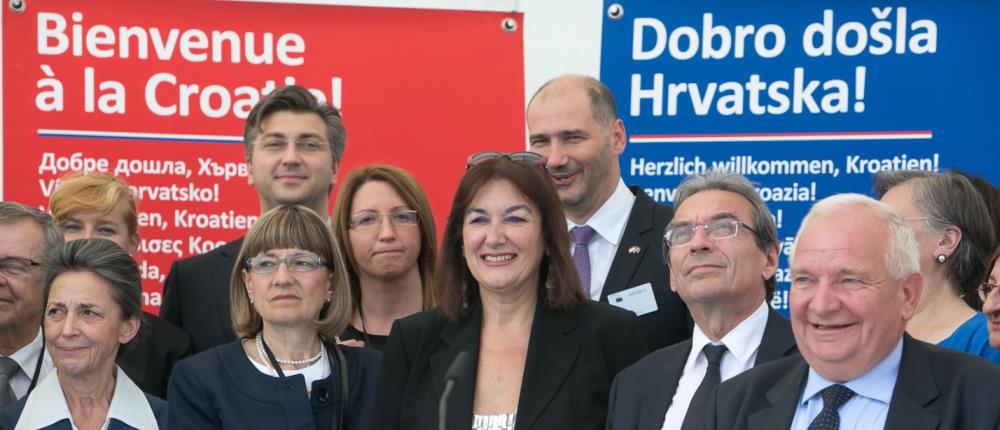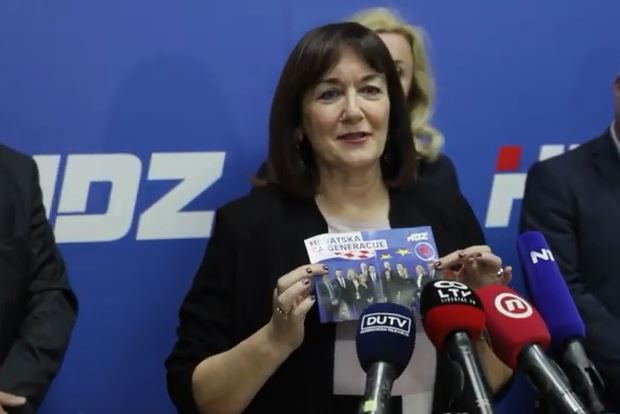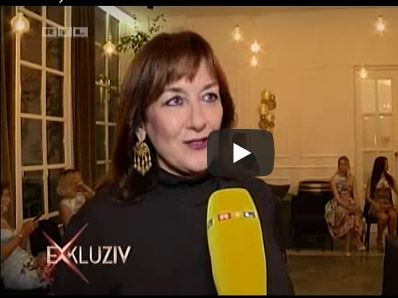Question for written answer
Subject: Problem regarding the cement industry in Croatia
It is in Croatia’s interest that the cement industry should remain on the list of sectors exposed to the risk of carbon leakage when greenhouse gas emissions trading is implemented in accordance with the rules of the directive on the emissions trading scheme (ETS), the criteria to apply being exactly the same as those applied in 2009. Any change would lead to disastrous consequences for the Croatian cement industry: a substantial reduction in exports, a sharp fall in cement production, the closure of production capacity, and higher cement prices on the Croatian market. The reasons are as follows: trade intensity, one of the main criteria used by the EU to define carbon leakage, is the primary consideration where the Croatian cement industry is concerned, given that it exports approximately 40% of its output to countries outside the EU. In view of Croatia’s geographical position in relation to Bosnia and Herzegovina, Serbia, and Albania, its principal competitors, which are not under any obligation to lower their emissions, the long-term competitiveness of the Croatian industry is currently at a low ebb. Without a free allowance, production in Croatia cannot be maintained on a long-term sustainable basis. Contrary to what is often said to have been the case with the cement industry and other sectors within the EU, the Croatian cement industry did not profit financially from the surplus of CO2 allowances during phase two of the ETS, as Croatia did not belong to the EU at that time. Because of the difficult situation resulting from the fall in production since the onset of the global crisis and the decline in investment on the global market, the cement industry no longer matches the scale required for inclusion on the list of sectors exposed to a significant risk of carbon leakage.
Will the Commission take any steps to ensure that the cement industry will remain on the list of sectors exposed to the risk of carbon leakage when greenhouse gas emissions trading is implemented in accordance with the rules of the ETS Directive, applying exactly the same criteria as those applied in 2009?



